Warmer weather leads to blood red algae bloom in Antarctica
It may be the only continent still free from coronavirus but a different outbreak has people wondering what’s going on there.
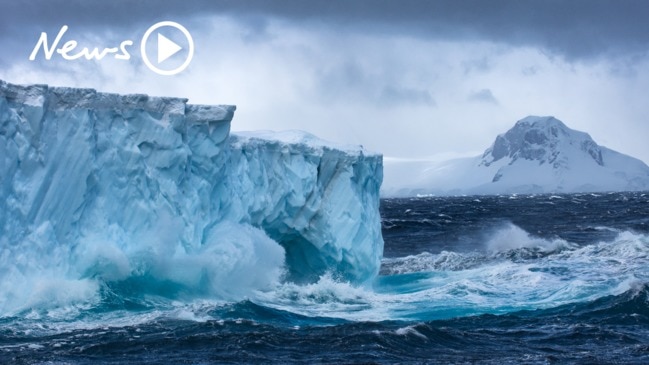
An algae outbreak has turned parts of Antarctica blood-red as a warmer climate helps it spread across the snow.
Photos of the algae, which has the scientific name of Chlamydomonas nivalis, was shared by the National Antarctic Scientific Centre of Ukraine on Facebook.
While the snow now looks like something out of a horror film, it’s only a symptom of the real scary threat.
RELATED: Half the world’s freshwater is in danger
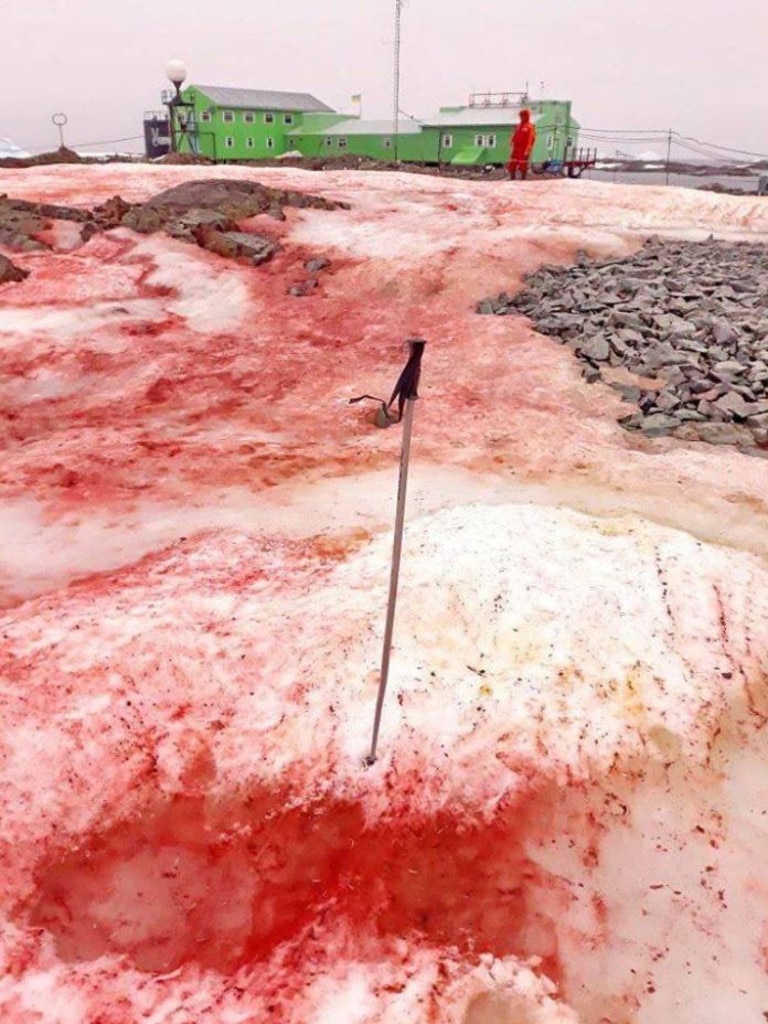
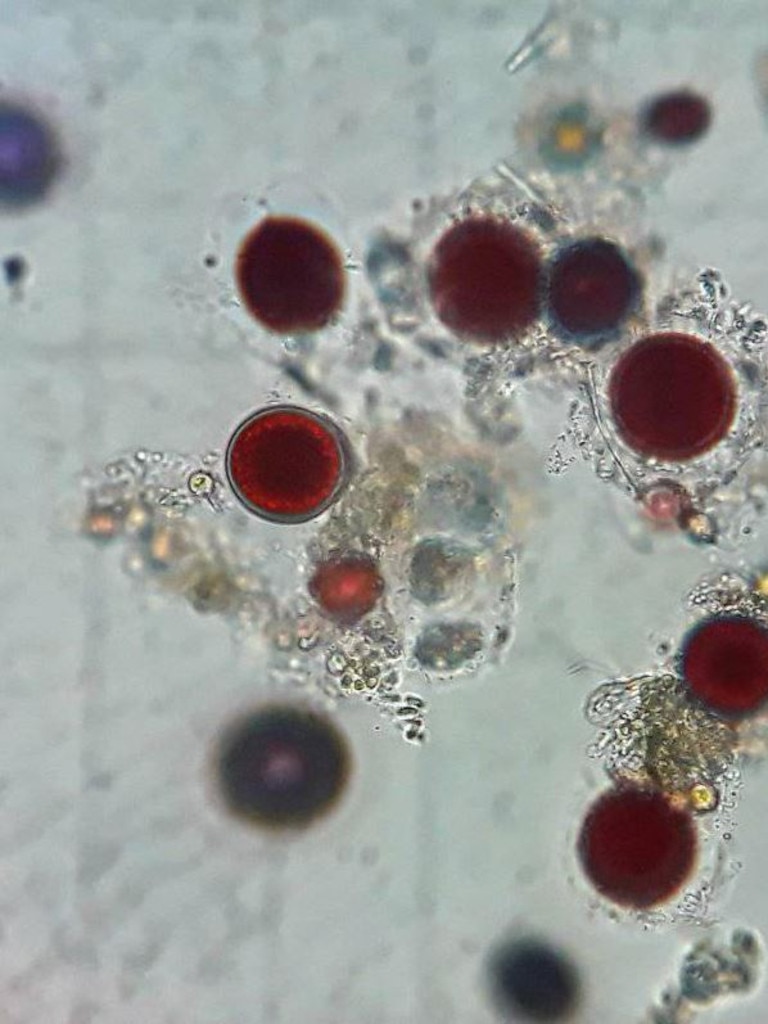
The Vernadsky Research Base is located off the coast of the Antarctic Peninsula, near where the highest recorded Antarctic temperature was recently detected.
The warmer temperatures has melted significant amounts of Antarctic ice and snow over the past several weeks, which has helped the algae bloom.
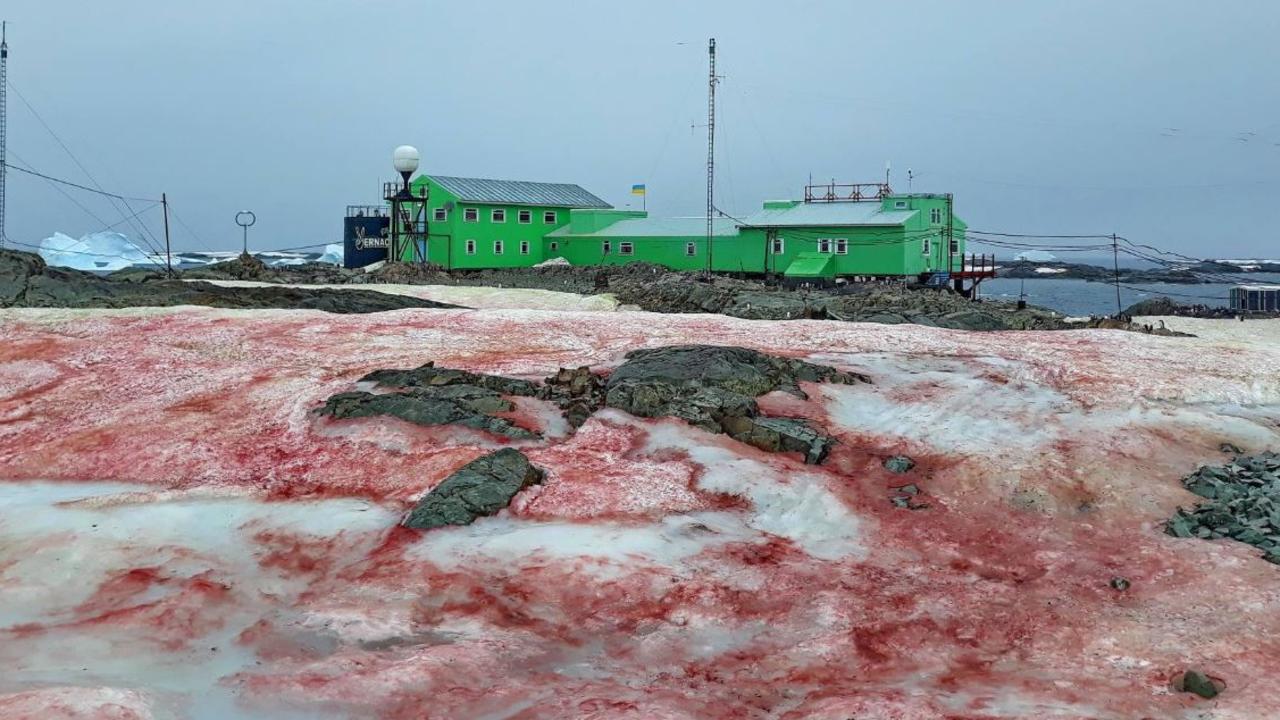
C. nivalis is technically a green algae, but as they age they change in hue to orange and then red in order to protect themselves from ultraviolet radiation, the Ukrainian centre said on Facebook.
Even more worryingly, the Ukrainian scientists are concerned the algae bloom could start a circle of warming and melting.
RELATED: Greta Thunberg responds to ‘desperate’ vulgar cartoon
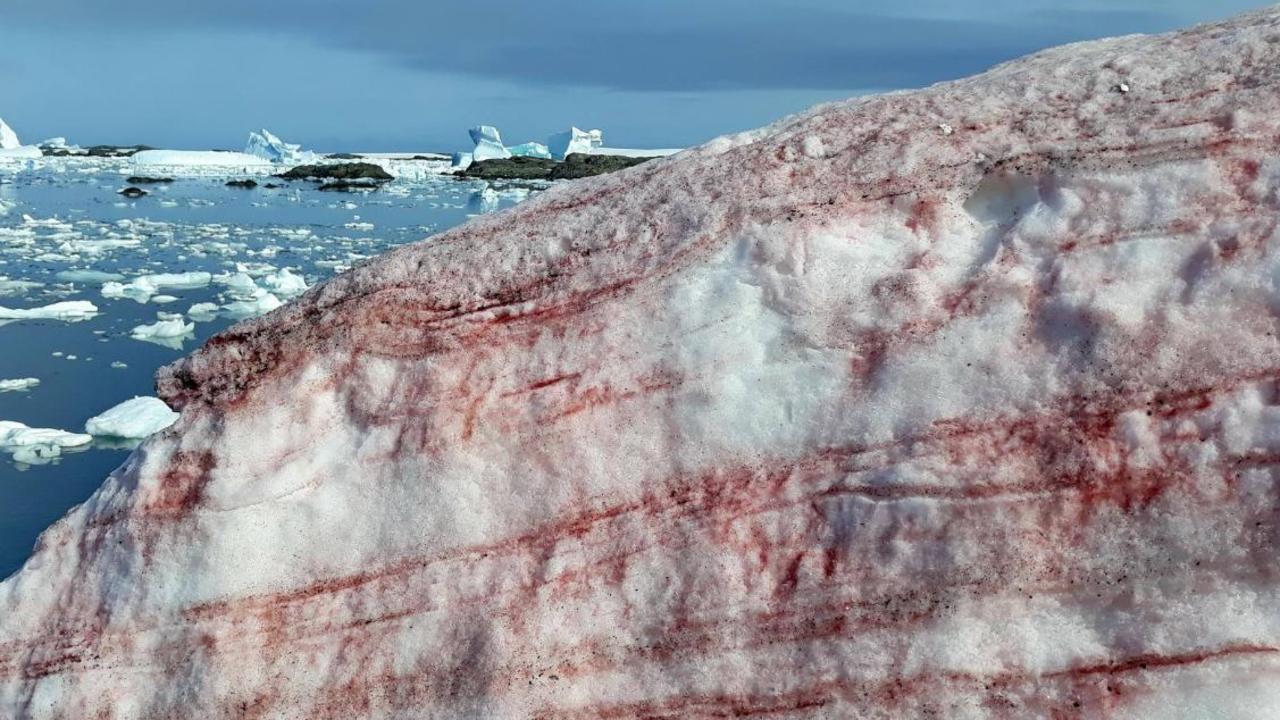
“Because of the red-crimson colour, the snow reflects less sunlight and melts faster. As a consequence, it produces more and more bright algae,” the Ukraine science and education ministry said.
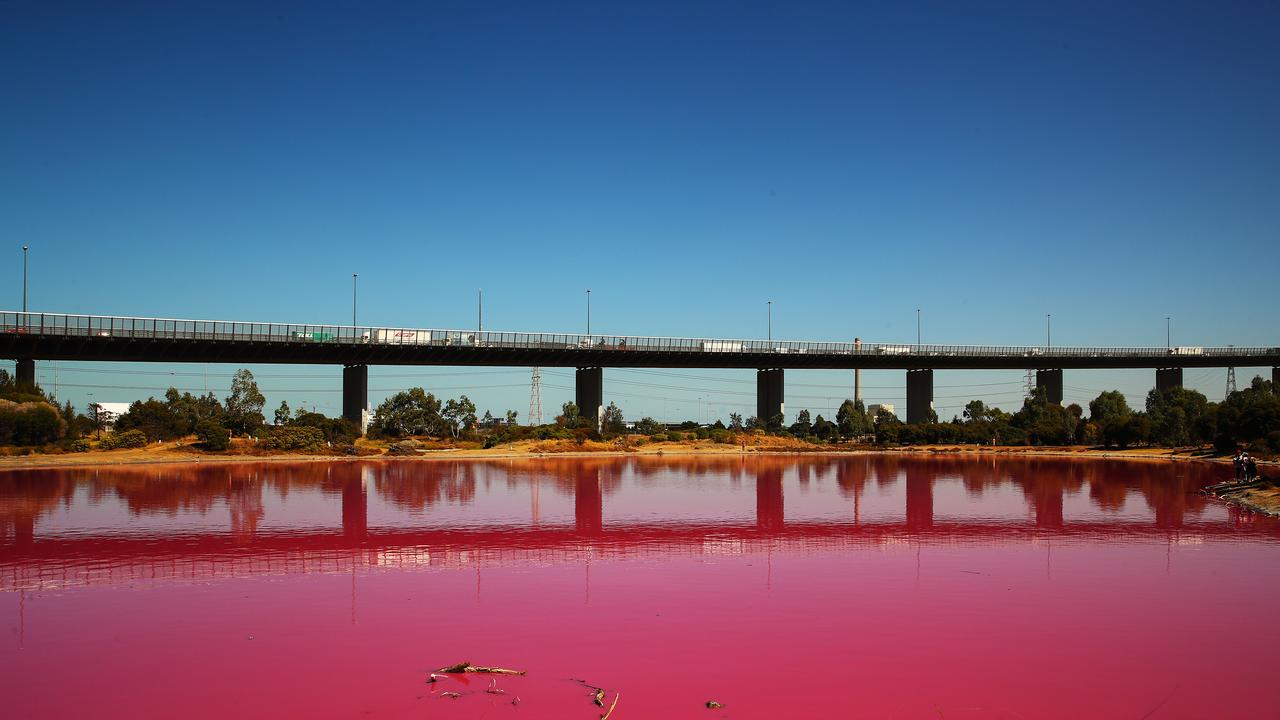
The detection of the algae is nothing new and it has been known to bloom in snowy areas during warmer weather.
Algae is also responsible for other colour-changes in nature, such as the phenomenon that turns lakes and other bodies of water pink.



